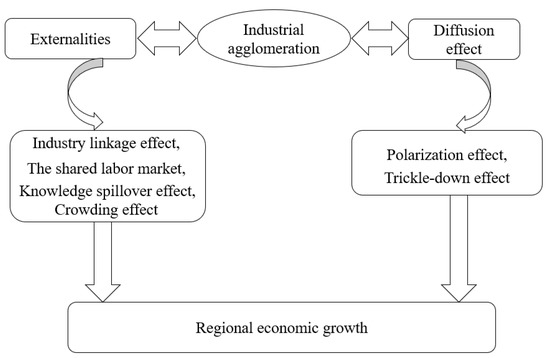Economic Inequality, Regional Disparities and Sustainable Development
A topical collection in Sustainability (ISSN 2071-1050). This collection belongs to the section "Economic and Business Aspects of Sustainability".
Viewed by 145101Editors
Interests: sustainability issues regarding labor markets; sustainable development; national and regional development; regional and European macroeconomics; European regional economics; institutional economics; European/regional economic and social policies
Special Issues, Collections and Topics in MDPI journals
Interests: economics; public policies; sustainable development
Special Issues, Collections and Topics in MDPI journals
Interests: sustainable development; regional development; macroeconomics
Special Issues, Collections and Topics in MDPI journals
Topical Collection Information
Dear Colleagues,
Sustainable development goals (SDGs) as the new global framework aim to suppress poverty and obtain worldwide sustainable development by 2030, with no one left behind. This Topical Collection is dedicated to these SDGs, proposing an inclusive approach that addresses the core dimension of sustainable development: humankind, with emphasis on, among other things: human dignity; regional and global stability; a sustainable and healthy planet; fair and resilient societies; prosperous economies.
The UN 2030 Agenda requires action from all countries of the world, and the EU-27 Agenda provides generous and ambitious goals at the EU level, and also regarding the global European vision. Both documents acknowledge that poverty alleviation, economic growth and sustainability, and greening economies and societies need wide and comprehensive plans that approach both economic and social needs by taking into account the climate emergencies. Education, health, social protection, new green and sustainable jobs, resilience, and environment protection require multiple integrated and holistic approaches dealing with economic and social policies and institutions, with human development at the regional and European level in a context characterized by sustainability, inclusiveness and resilience. This Topical Collection is dedicated to these joint worldwide and EU-27 goals and invites papers dedicated to these multiple and relevant facets of sustainable and resilient development at the global and European level.
In this Topical Collection, original research articles and reviews are welcome. Research areas may include (but are not limited to) the following:
- European and world economic sustainable and resilient growth;
- Inclusive and resilient labor markets;
- Transformation of work in the new post-pandemic reset;
- Economic and social institutions’ contribution to economic growth, development, and resilience at world, European and regional level;
- Regional Economics and sustainable development;
- Resilient, sustainable and safe urban and rural settings;
- Poverty alleviation, and diminishing inequalities at the global, European and national level;
- Environmental protection, climate change and the economic and social framework, etc.
Prof. Dr. Laura Mariana Cismaș
Dr. Isabel Novo-Corti
Prof. Dr. Diana-Mihaela Țîrcă
Collection Editors
Manuscript Submission Information
Manuscripts should be submitted online at www.mdpi.com by registering and logging in to this website. Once you are registered, click here to go to the submission form. Manuscripts can be submitted until the deadline. All submissions that pass pre-check are peer-reviewed. Accepted papers will be published continuously in the journal (as soon as accepted) and will be listed together on the collection website. Research articles, review articles as well as short communications are invited. For planned papers, a title and short abstract (about 100 words) can be sent to the Editorial Office for announcement on this website.
Submitted manuscripts should not have been published previously, nor be under consideration for publication elsewhere (except conference proceedings papers). All manuscripts are thoroughly refereed through a single-blind peer-review process. A guide for authors and other relevant information for submission of manuscripts is available on the Instructions for Authors page. Sustainability is an international peer-reviewed open access semimonthly journal published by MDPI.
Please visit the Instructions for Authors page before submitting a manuscript. The Article Processing Charge (APC) for publication in this open access journal is 2400 CHF (Swiss Francs). Submitted papers should be well formatted and use good English. Authors may use MDPI's English editing service prior to publication or during author revisions.
Keywords
- economic growth
- sustainable development
- regional economics
- labor markets
- economic and social institutions
- poverty alleviation
- climate change
- urban–rural disparities


































